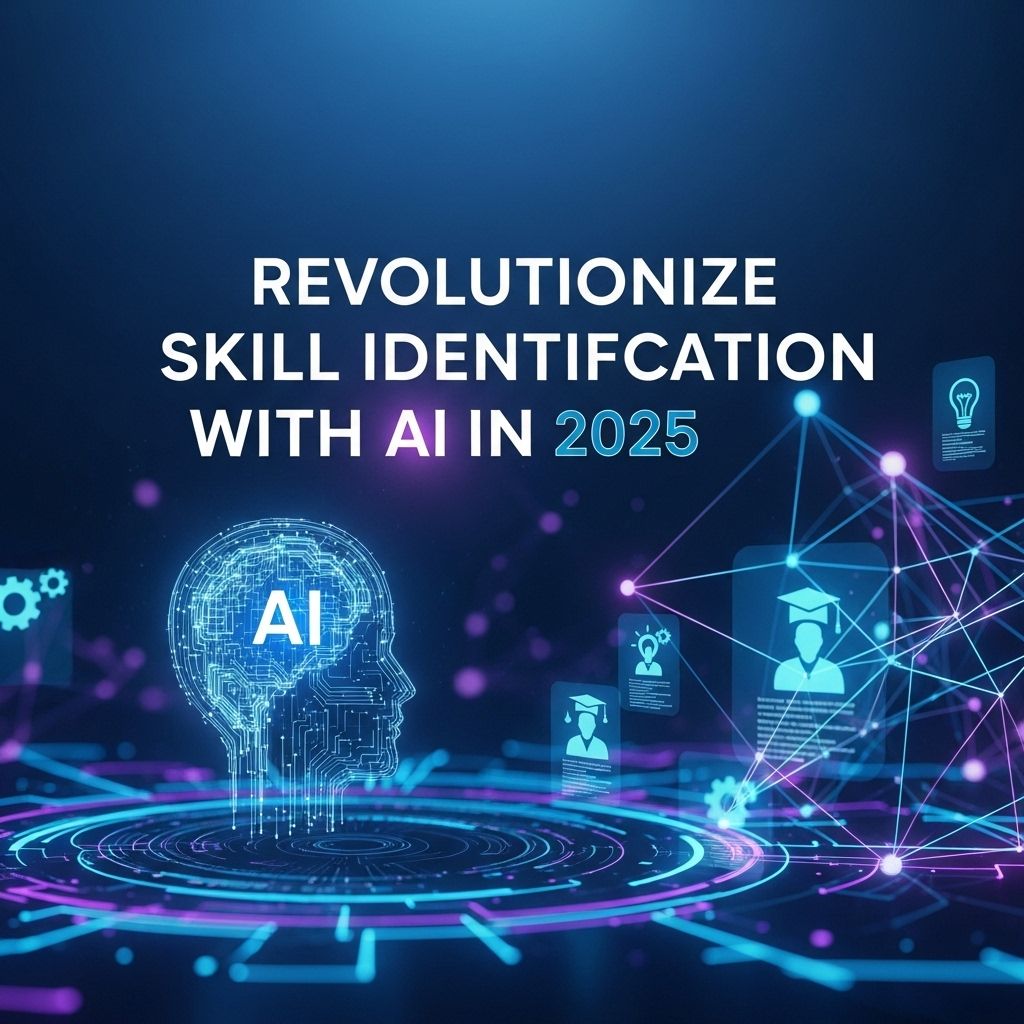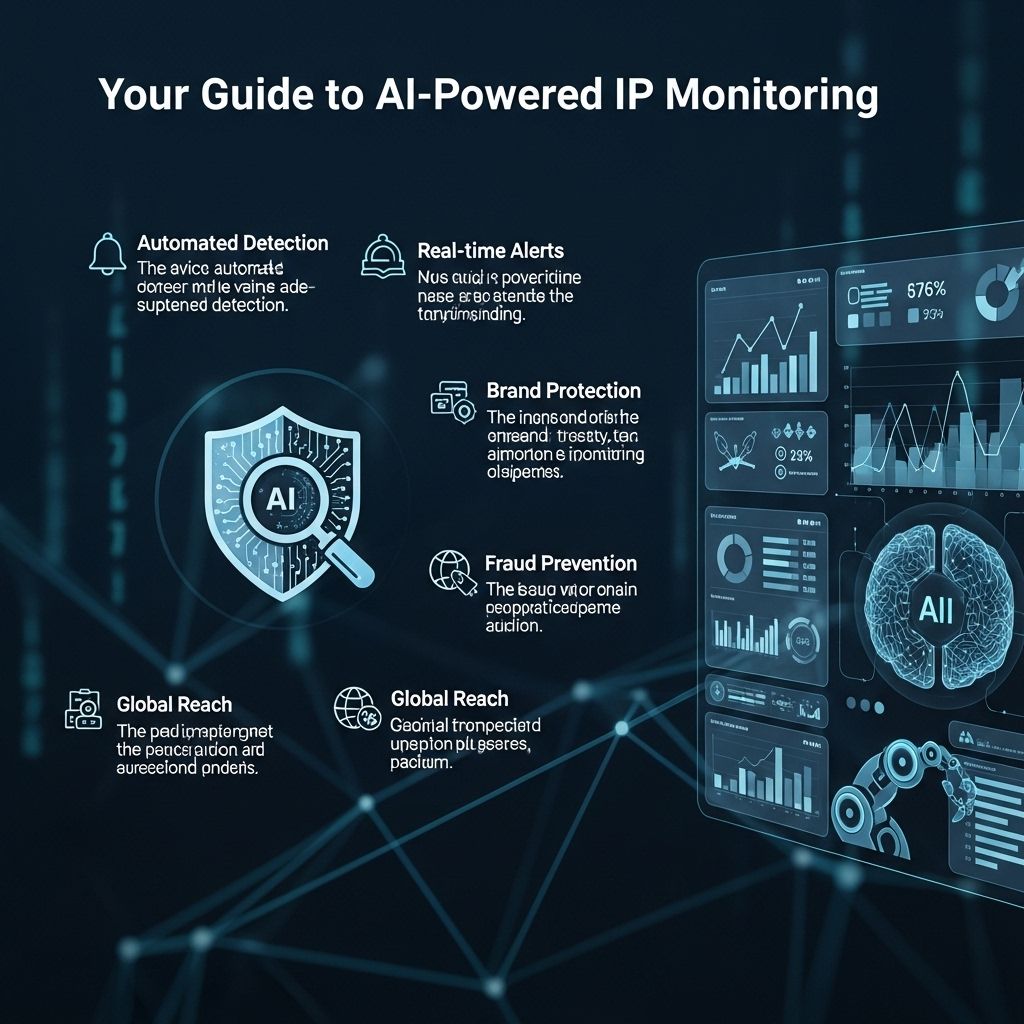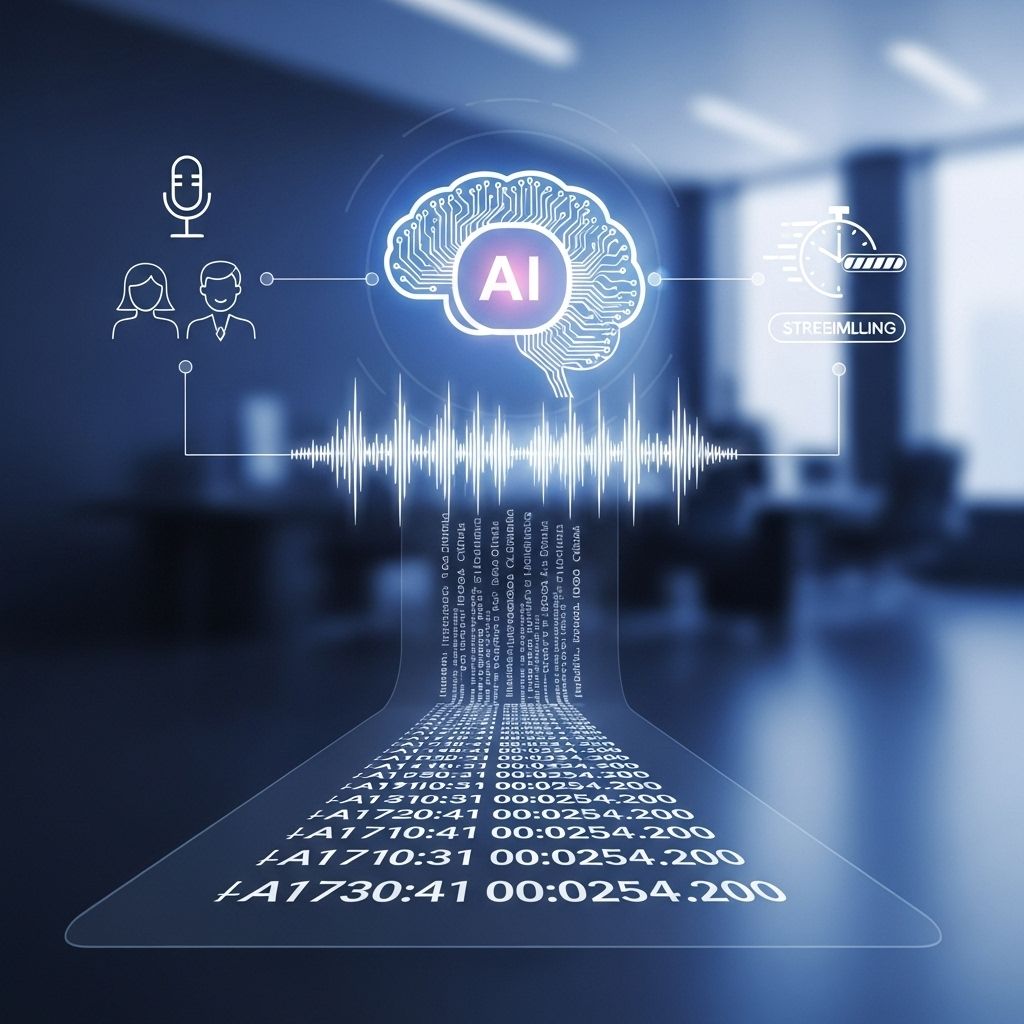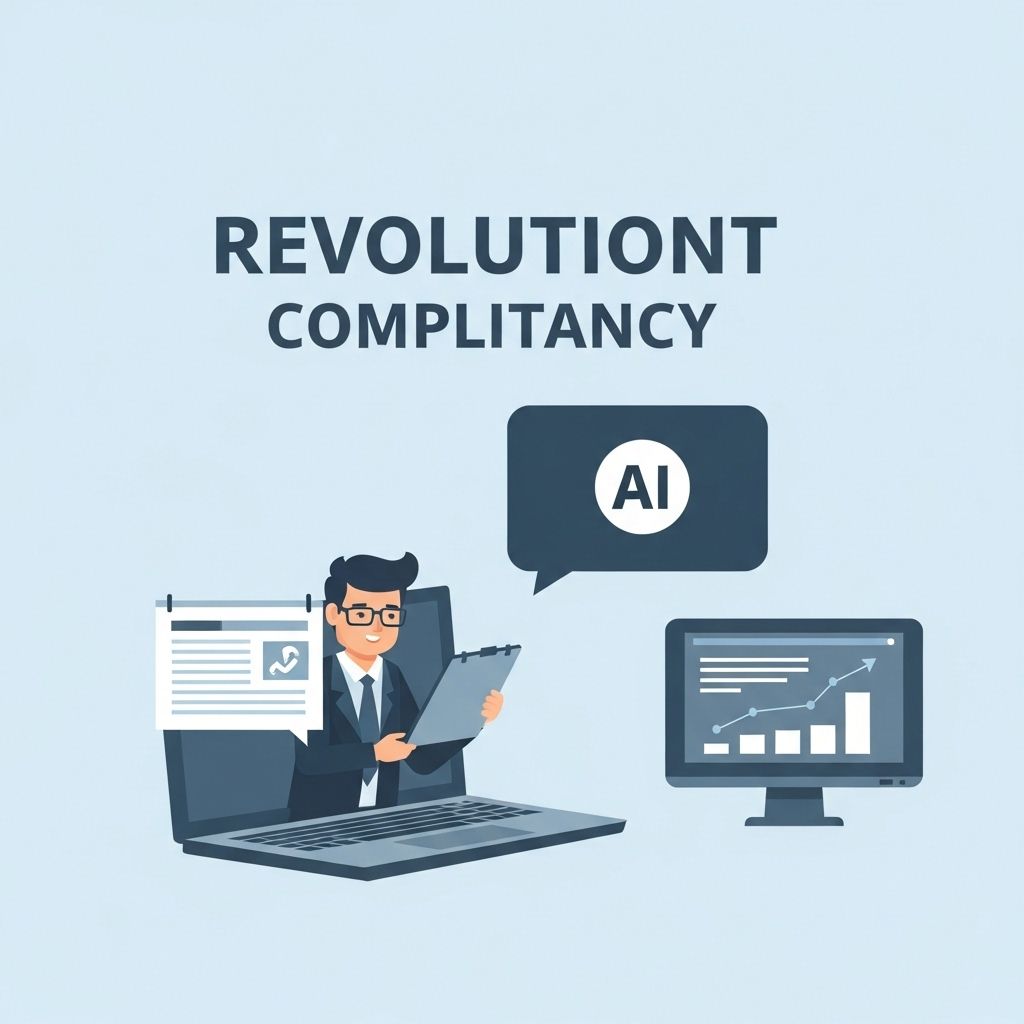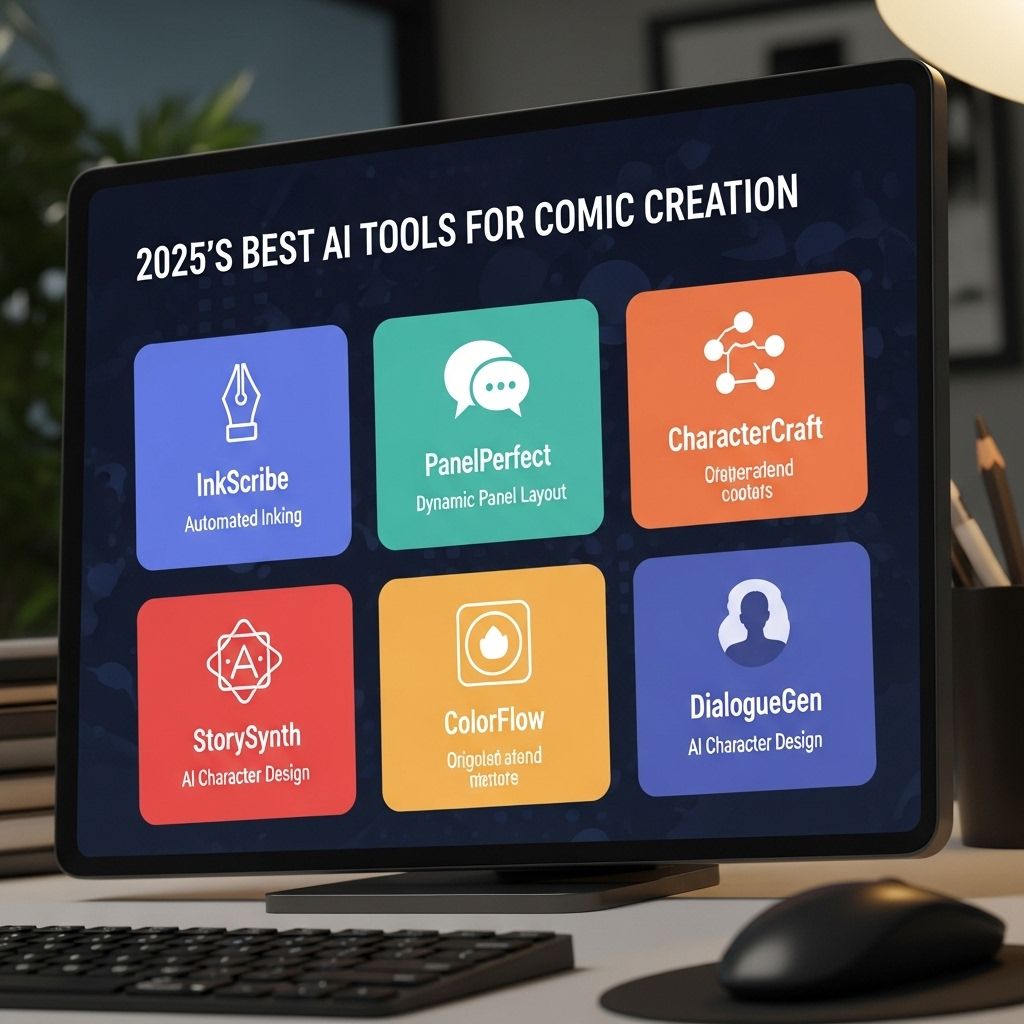Unlocking AI for Enhanced Internal Communication
Discover how AI can transform internal communication, boost collaboration, and enhance productivity within your organization.
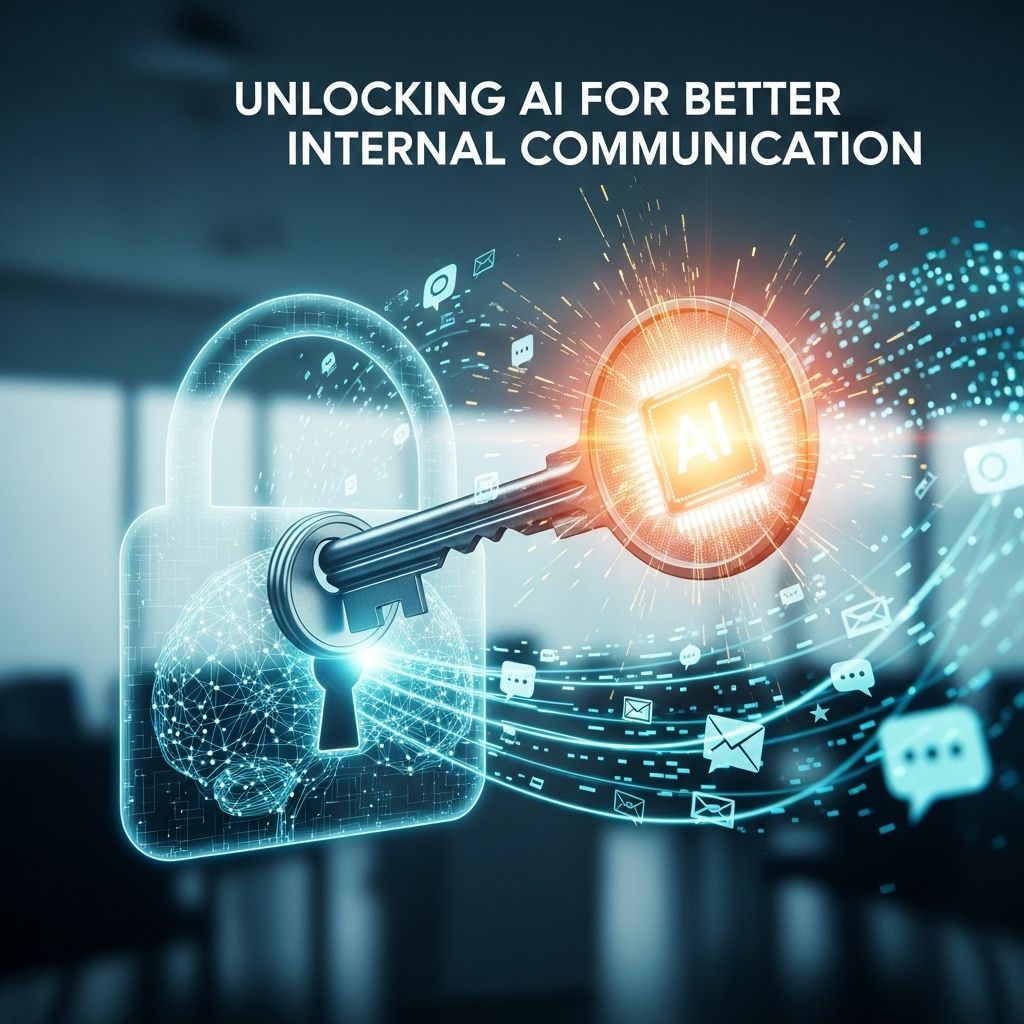
In the rapidly evolving landscape of business communication, utilizing artificial intelligence (AI) has emerged as a powerful solution for enhancing internal dialogues within organizations. By bridging gaps, streamlining processes, and fostering collaboration, AI tools are transforming how teams interact, share information, and solve problems. This article delves into the multifaceted benefits of AI in internal communication, outlining its capabilities, applications, and best practices for implementation.
Table of Contents
The Role of AI in Modern Communication
Communication is fundamental to any organization’s success. However, traditional communication methods can often be inefficient, leading to misunderstandings and decreased productivity. AI technologies offer innovative solutions that enhance communication by:
- Automating routine tasks, allowing employees to focus on more strategic activities.
- Providing real-time data analysis to inform decision-making.
- Personalizing communication experiences to meet individual team member needs.
Key AI Technologies Impacting Communication
Several AI technologies have been identified as particularly influential in transforming internal communication:
- Natural Language Processing (NLP): NLP enables machines to understand and process human language, facilitating more intuitive interactions.
- Chatbots: AI-driven chatbots can handle queries, provide information, and assist in task management, reducing the burden on human resources.
- Sentiment Analysis: This technology analyzes employee feedback and communication tone, helping identify areas of concern or success.
Enhancing Collaboration through AI
Collaboration is crucial in driving project success and facilitating innovation. AI tools enhance collaboration in several ways:
Streamlined Communication Channels
AI can integrate various communication platforms—such as email, messaging apps, and project management tools—into a cohesive system. This integration allows for:
| Benefit | Description |
|---|---|
| Centralized Information | Access to all communications in one place, reducing the time spent searching for messages. |
| Improved Tracking | Easier follow-up on communications and tasks, ensuring accountability and transparency. |
Automated Workflows
AI can automate repetitive tasks, enabling teams to focus on high-value work. Examples include:
- Task assignment based on team availability and expertise.
- Automated reminders for important deadlines and meetings.
- Streamlined report generation, allowing teams to quickly access and share performance metrics.
Improving Decision-Making with AI Insights
Data-driven decision-making is increasingly important in today’s competitive landscape. AI can enhance internal communication by providing actionable insights through:
Predictive Analytics
AI algorithms can analyze historical data to predict future trends, helping organizations make proactive decisions. This can include:
- Identifying potential roadblocks in project timelines.
- Forecasting resource needs based on current project demands.
Customized Reporting
AI-driven tools can generate customized reports that address specific team needs, including:
| Report Type | Purpose |
|---|---|
| Performance Metrics | To assess team productivity and highlight areas for improvement. |
| Employee Feedback Analysis | To understand employee sentiment and inform HR strategies. |
Fostering a Culture of Open Communication
For AI to be effective in enhancing internal communication, organizations must foster a culture of openness and collaboration. Strategies to achieve this include:
Encouraging Feedback
Regular feedback loops are essential. Organizations can:
- Implement automated surveys to gather employee opinions.
- Use sentiment analysis tools to gauge employee morale.
Training and Education
Providing training on AI tools ensures that employees are equipped to leverage these technologies effectively. Consider the following:
- Workshops on using AI chatbots for task management.
- Training sessions on interpreting insights from AI analytics.
Challenges and Considerations
While AI presents numerous advantages for internal communication, organizations must also navigate potential challenges:
Data Privacy and Security
Ensuring the privacy and security of communications is paramount. Organizations should:
- Implement robust data security measures.
- Educate employees on best practices for data protection.
Over-reliance on Technology
While AI can enhance communication, it is important not to rely solely on technology. Human elements in communication should not be overlooked. Organizations should:
- Encourage face-to-face interactions where possible.
- Balance automated communications with personal touchpoints.
Conclusion
Unlocking the potential of AI in internal communication presents an exciting avenue for organizations seeking to improve collaboration, decision-making, and overall operational efficiency. By embracing AI technologies thoughtfully and fostering a culture of open communication, businesses can create a more dynamic and innovative work environment. As we move forward, those who effectively integrate AI into their internal communication strategies will undoubtedly lead the charge in shaping the future of workplace interactions.
FAQ
How can AI improve internal communication within organizations?
AI can streamline communication processes, enhance collaboration, and provide real-time insights, leading to a more efficient workflow.
What tools can organizations use to implement AI for internal communication?
Organizations can utilize tools like chatbots, AI-driven email assistants, and collaboration platforms that incorporate machine learning to facilitate better internal communication.
What are the benefits of using AI in internal communication?
Benefits include increased productivity, reduced response times, personalized communication experiences, and improved employee engagement.
Can AI help in managing remote teams’ communication?
Yes, AI can assist in managing remote teams by providing tools for virtual collaboration, tracking communication patterns, and ensuring everyone stays connected regardless of location.
Is it necessary to train employees to use AI communication tools?
Yes, training employees on how to effectively use AI communication tools is essential to maximize their potential and ensure smooth integration into existing workflows.
What challenges might organizations face when implementing AI for communication?
Challenges may include resistance to change, the need for proper training, data privacy concerns, and ensuring that AI solutions align with company culture.

